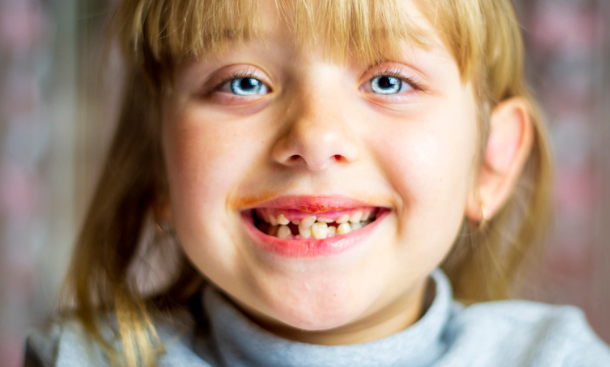Children & Teen Orthodontics
A Great Smile Will Boost Confidence and Self-Esteem
Aesthetic dental concerns can be challenging to a child’s life, resulting in issues with self-confidence.
Preventing decay is also more difficult when teeth are crowded and misaligned. Activities such as speaking, chewing, & singing are also affected by the alignment of the teeth and jaw.
Treatment Options
- Traditional Braces – Metal or Clear (Ceramic)
- Invisalign
- Invisalign First
- Retainers & Nightguards
- Monitoring Growth & Development
When is a good time to get an initial exam with Dr. Robinson?
All Kids Should Get a Check-up with an Orthodontist No Later Than Age 7.
At this age they will have enough permanent teeth for Dr. Bob to determine if an orthodontic problem exists or is developing. Waiting for all of the permanent teeth to erupt may limit options of correction of your child’s bite, therefore, it’s better to have Dr. Bob do the exam at this time. By recognizing severe crowding and growth discrepancies early, Dr. Bob can develop a treatment for your child that will address these issues while keeping the treatment time as short as possible and often avoiding extractions of teeth.
Children can have orthodontic issues due to genetics, poor habits (e.g. such as thumb sucking) and dental disease. Early action and proper orthodontic care can make a difference in a child’s life. Every case is unique, and Dr. Bob will recommend what is best for your child at the right time.
Orthodontic Two-Phase Treatment
Interceptive orthodontics, also known as early orthodontic treatment or preventative treatment, works to identify and correct potential bite problems before they develop completely in order to prevent more serious problems down the line.
Have more questions about orthodontics for your child?
Your child might need early interceptive treatment to correct, for example, a narrow upper jaw, severe protrusion of the front teeth an underbite, or severe crowding.
This type of early treatment is called the first phase of treatment and is done at an early age (7-10 years) when many baby teeth are still present.
After the first phase, a second orthodontic phase is often indicated once all the permanent teeth have erupted. By addressing significant growth and development issues early, your child’s treatment in the second phase will be easier, shorter, and result in a better outcome.
Most children do not need a two-phase treatment. However, if indicated a two-phase treatment will give your child the best possible outcome. Have Dr. Robinson evaluate your child to see if any growth and development problems exist and what time treatment should be started.




